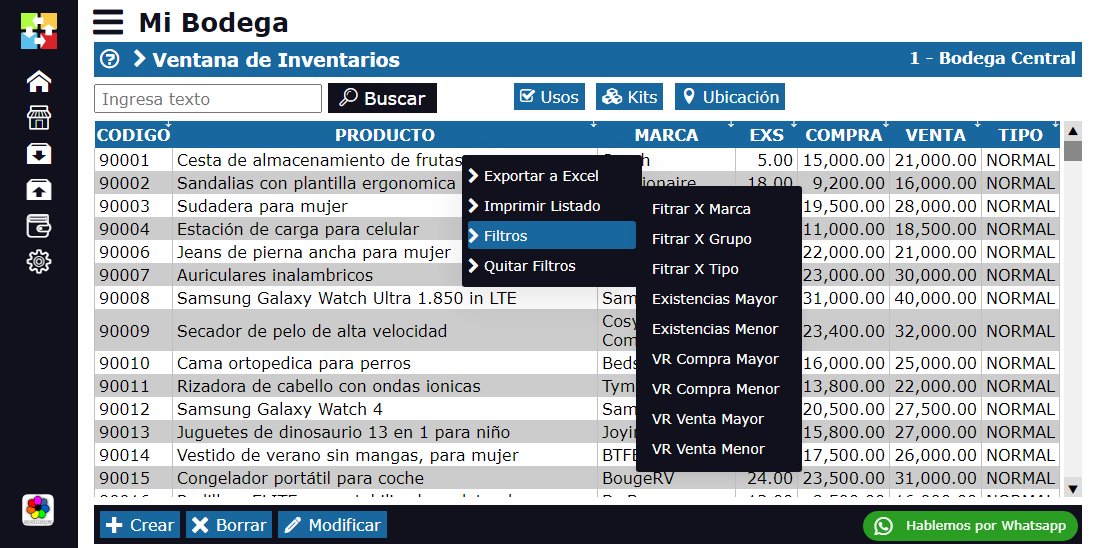Forecasting Techniques to Optimize Your Inventory Levels
In the world of commerce and logistics, inventory management is a crucial aspect to ensure the efficiency and profitability of any company. One of the most important tools to achieve this is forecasting, which refers to the prediction of future demand for products or services. In this article, we will explore the most effective forecasting techniques to optimize your stock levels and improve your commercial results.

Why is forecasting important in inventory management?
Forecasting is essential to make informed decisions about the amount of products you should store, the frequency of orders, and the amount of resources you should allocate to meet demand. By predicting future demand, you can avoid problems such as:
- Overstocking, which can generate financial losses and occupy valuable space in your warehouses.
- Understocking, which can lead to loss of sales and customer dissatisfaction.
Forecasting techniques to optimize your stock levels
Here are some of the most effective forecasting techniques to optimize your stock levels:
1. Trend analysis
This technique involves analyzing historical demand patterns to identify trends and cycles. You can use statistical and graphical tools to visualize the data and predict future demand.
2. Regression analysis
This technique involves establishing a relationship between demand and independent variables, such as seasonality, advertising, or competition. You can use linear or non-linear regression models to predict future demand.
3. Time series analysis
This technique involves analyzing demand patterns over time. You can use models such as ARIMA, SARIMA, or ETS to predict future demand.
4. Sales data analysis
This technique involves analyzing historical sales data to identify patterns and trends. You can use data analysis tools to visualize the data and predict future demand.
5. Competitor analysis
This technique involves analyzing the marketing strategy and product offerings of your competitors. You can use market intelligence tools to collect data and predict future demand.
Tips for implementing effective forecasting techniques
Here are some tips for implementing effective forecasting techniques:
- Use accurate and up-to-date historical data.
- Analyze demand patterns over time and seasonality.
- Consider independent variables that may affect demand.
- Use statistical and graphical tools to visualize the data.
- Review and adjust your predictions regularly.
Forecasting is a fundamental tool to optimize your stock levels and improve your commercial results. By using effective forecasting techniques, you can predict future demand and make informed decisions about the amount of products you should store and the frequency of orders. Remember that accuracy and data updating are key to implementing effective forecasting techniques.
We hope this article has provided you with valuable information on forecasting techniques to optimize your stock levels. Don't hesitate to share your comments and questions in the comments section!





